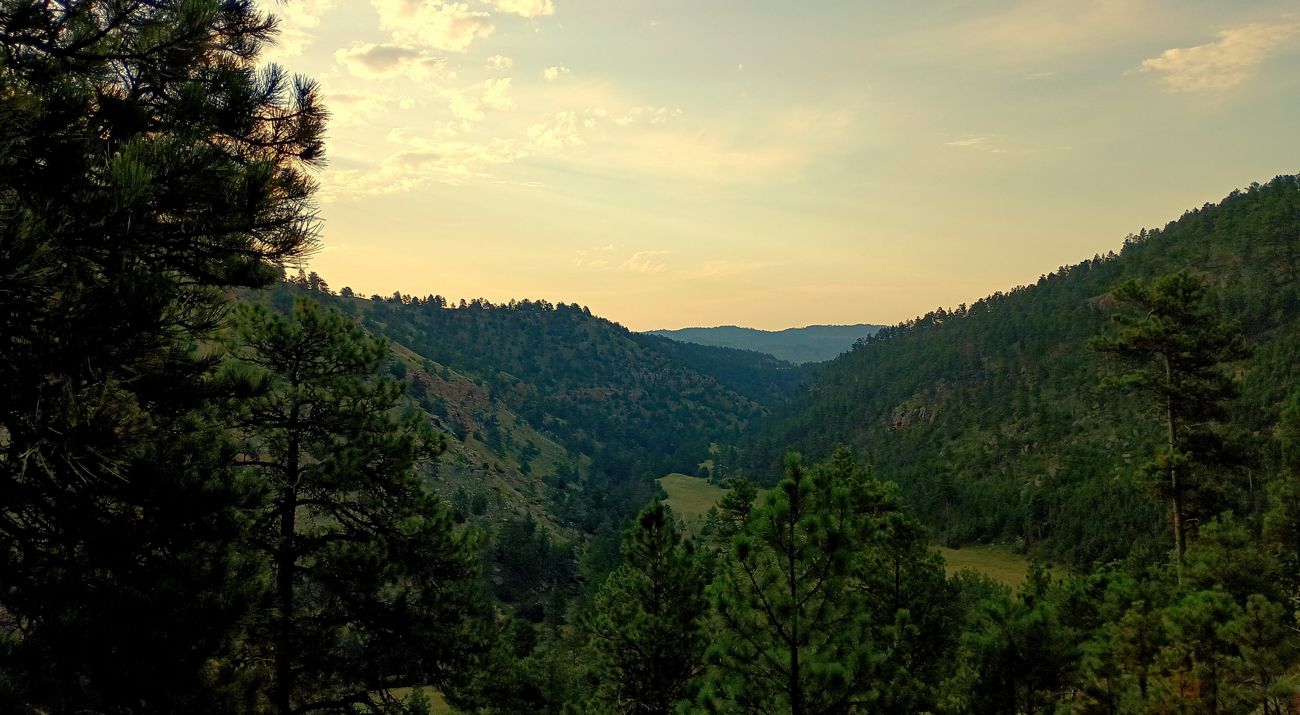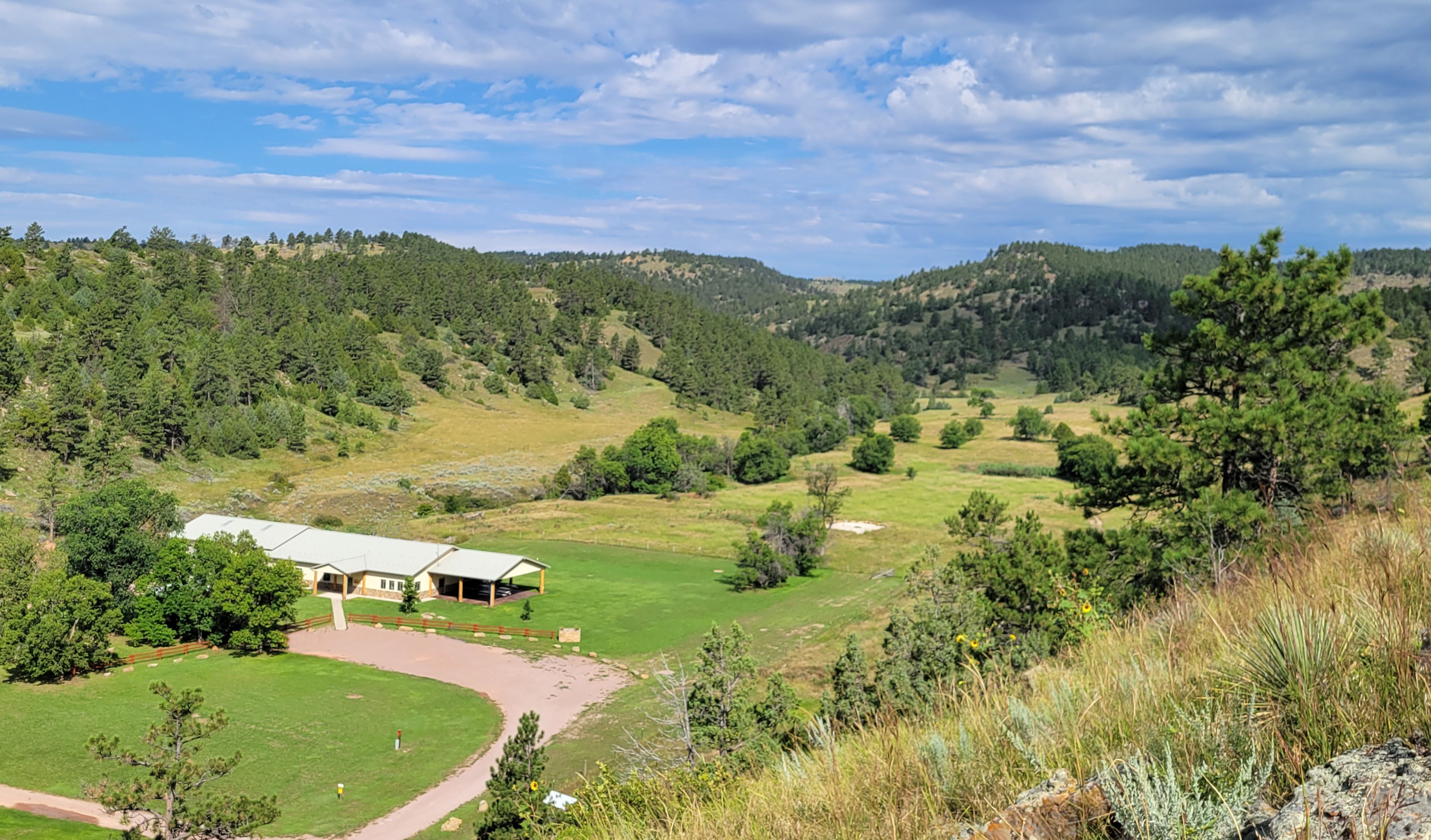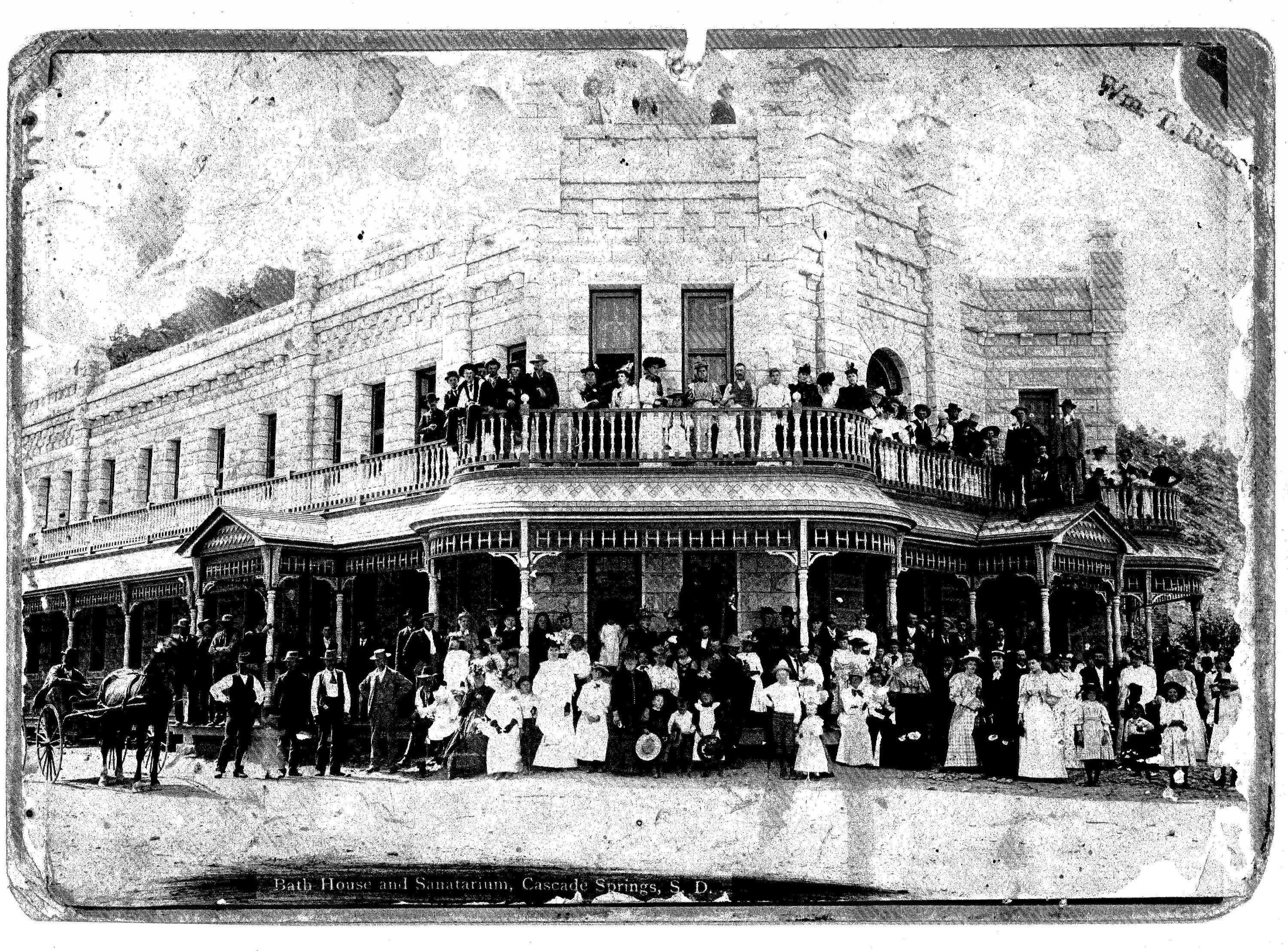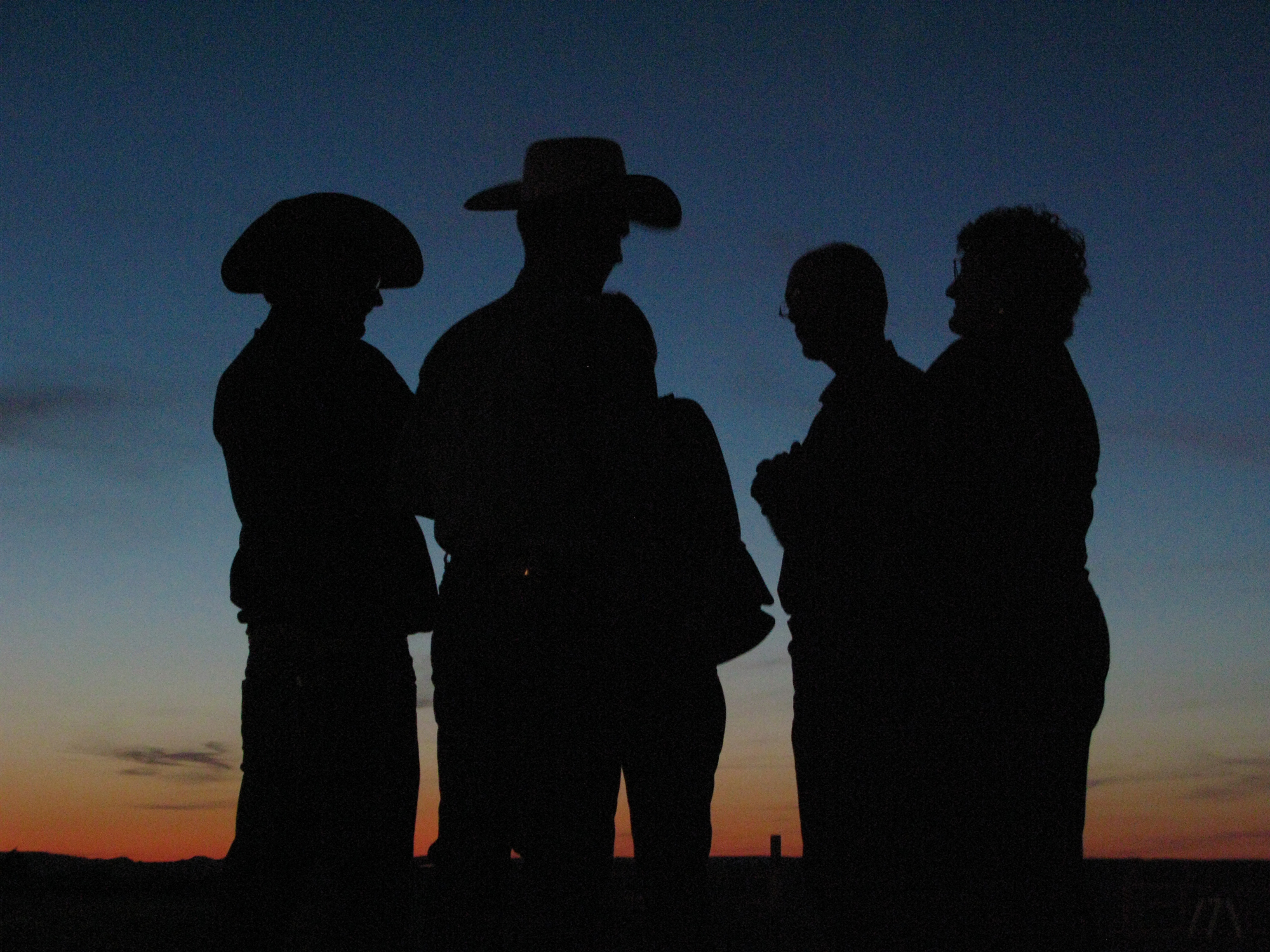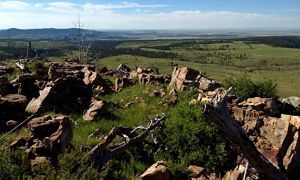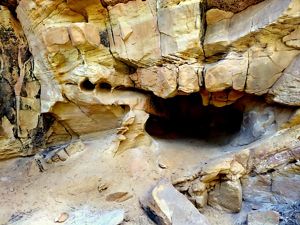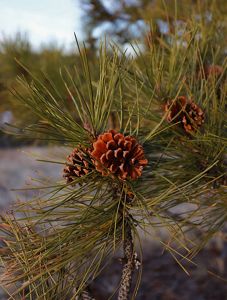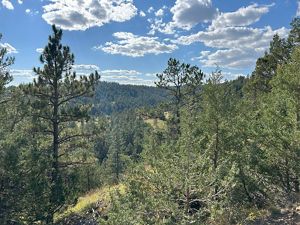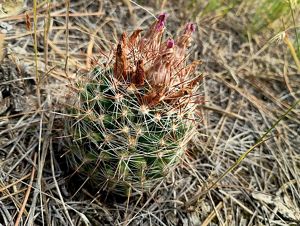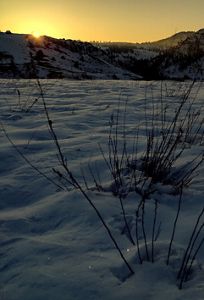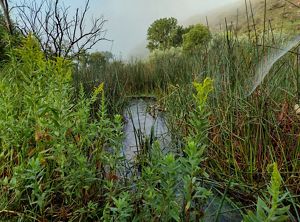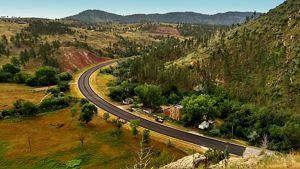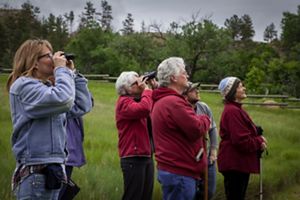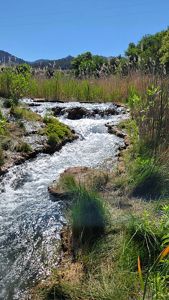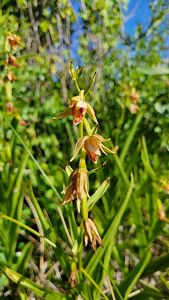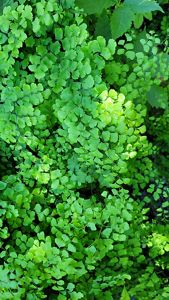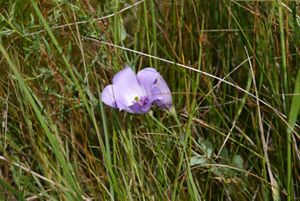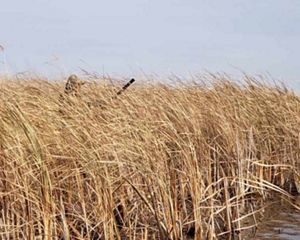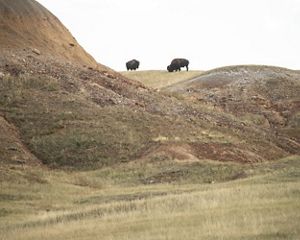Description
Why You Should Visit
Whitney Preserve protects more than two miles of Cascade Creek, an undeveloped warm water system formed by the merging of seven springs in the southern Black Hills, two of which are located on the preserve. Named for Nathaniel and Mary Whitney, conservation leaders in South Dakota, the preserve protects four rare plants that grow along the stream’s banks. During daylight hours, visitors can walk along a nature trail that is one of the best places in the Black Hills to see birds.
Why TNC Selected This Site
The Whitney Preserve is located on the eastern edge of a large, undeveloped landscape where elements of sage lands, pine forest and mixed grasslands come together. The convergence of these habitat types makes this area important for conservation. Ongoing conservation work includes monitoring and management of invasive species, thinning non-native trees, maintaining fencing for rotational grazing, monitoring the health of native plant and animal communities, and partnering with neighbors and local landowners to advance conservation.
